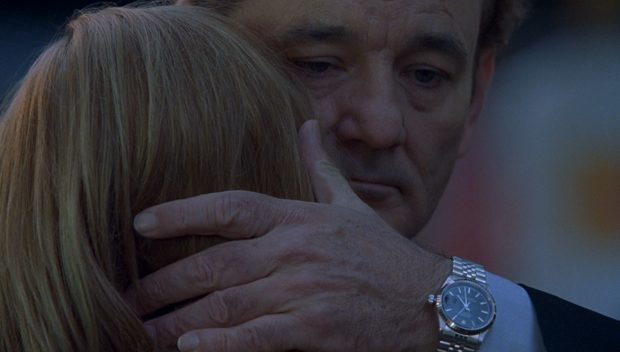
As vital as dialogue, ambience, and diegetic sound are to building a world and unfurling plot, cinema got along just fine for about 35 years without them. Beyond that, they crafted exceptional, twisting plots and conveyed poignant messages through the image. Movements and individual films since have carried the silent era torch proudly in various ways — from the french avant-garde movement Cinéma pur (Pure Cinema), which strove to revert film, as a medium, back to its elemental origins, to visceral action films such as The Road Warrior, which played out with minimal dialogue and allowed its arresting, high-octane visuals and animalistic nature to take its audience for a ride.
The Road Warrior, and director George Miller’s most recent foray, Mad Max: Fury Road, are wonderful examples of cinema distilled, of Cinéma pur. It relies on core, fundamental components of the visual medium: movement — from soaring through the air on a rotating pole past an explosion to the shifting of eyes as it catches a glance, all of which feed into composition — continually arresting frames that are almost entirely centered, allowing the viewer to never be disoriented as the cutting ramps up, which works due to rhythm — propulsive editing that is both musical and visceral.
These are the torches carried proudly by contemporary filmmakers, adapting and paying homage to silent-era techniques while simultaneously charging the filmic medium forwards. However, beyond these substantial examples, there are kernels of the silent era found everywhere, unintentional or otherwise. A new video essay by David Verdeure explores those small moments “When Words Fail In Movies,” and when gazes, looks, and even whispered, misheard words dominate the frame. Sometimes a look, followed by a cut, is all you need to convey meaning and ideas. The essay asks, “What does silence say?”
In using examples from Lost In Translation, On The Waterfront, 2001: A Space Odyssey, and an absolutely hilarious example from The Martian, we learn that the answer is that, quite simply, silence says a lot. It can relay boredom, menace, conspiracy, love, longing, and guilt, among countless others. A question worth asking filmmakers, then: how can I say this with only images?
See the full video below (via Fandor).

